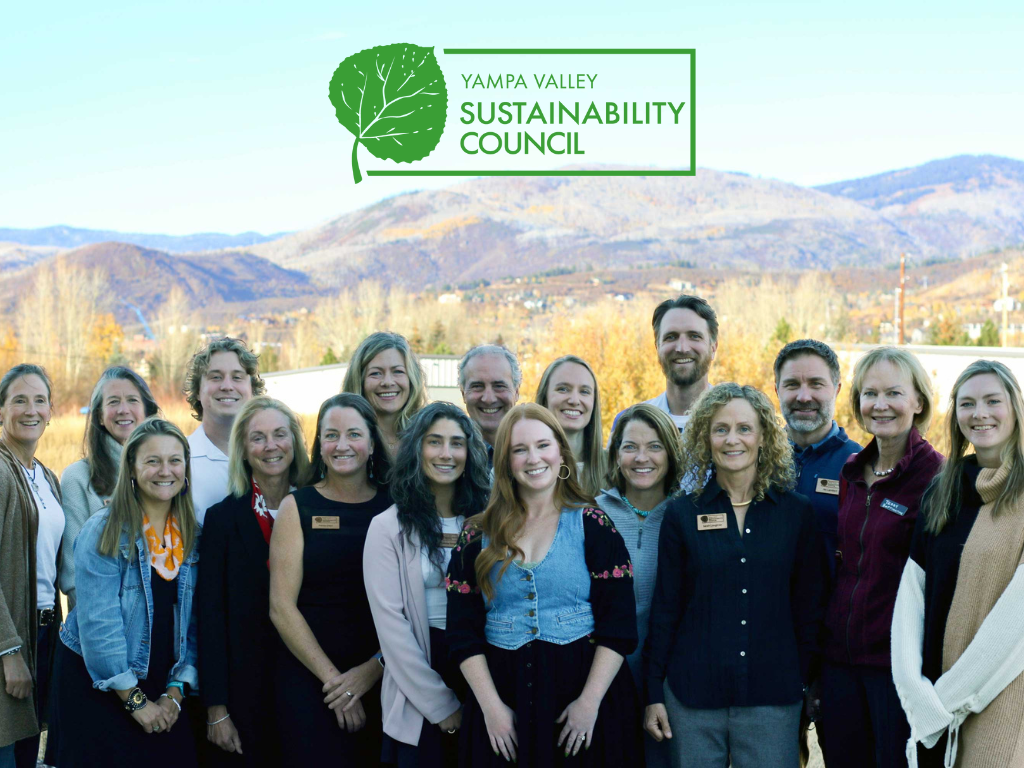APRIL 9, 2018 BY
My family recently bought a house that is 100 percent off the grid, with no electricity in range. We have two solar arrays and with our 16 batteries and backup generator, the system provides enough energy for us to live comfortably, as if we were connected to the grid.
I really thought our lives would radically change when we went off-grid. But after living in the house for four months, it’s very simple. Basically, we monitor how much electricity we are using versus how much our system is generating. Every day is different because of the weather patterns, but the concept stays the same.
Of course, we’ve had to learn the system, such as when to turn on the backup generator, so we don’t lose power completely during a blizzard on the shortest day of the year. We only lost power a few times before we got the hang of the winter months.
Balancing energy used versus energy generated is a necessity in living off the grid. We are always thinking about the systems and appliances that are pulling power, which ones are critical, and which can be turned off, especially if we aren’t home. Our refrigerator is on all the time, and we choose to have the internet running 24/7 because we have our solar system connected to an online monitoring system. This allows us to turn on the generator remotely so we don’t lose power on short, snowy days.
You don’t have to live off-grid to be conscious of your energy draw, and you can use off-grid strategies to conserve resources and reduce your energy bill. The first and easiest step is to look around your home for phantom loads (appliances that draw energy even when not in use).
You probably have your coffee maker, microwave and TV plugged in all the time, along with other things. What would happen if you unplugged some of those appliances or put them on a power strip and only turned them on when they were being used? This is how our house was set up when we bought it, and I appreciate the attention to detail. For example, if I want heat up last night’s leftovers, I turn the microwave on through the power strip and then heat up my food. When done, I turn the power strip off. I really don’t need my microwave pulling electricity all day and night, and the power strip makes it easy to eliminate this unnecessary draw.
I am proud of my family for taking the leap and choosing to live off-grid. The rewards far outweigh the risks and have made me more mindful of my energy use wherever I go.
You can learn more ways to save energy and apply for rebates at yvsc.org/energy-efficiency. Sign up for a free or discounted home energy assessment to learn where you can conserve at energysmartcolorado.com.
If you’re ready to reduce your carbon footprint by conserving energy at home, sign Yampa Valley Sustainability Council’s local climate action pledge at yvsc.org/climateaction.
Jaiya Ellis is program director at Yampa Valley Sustainability Council.






